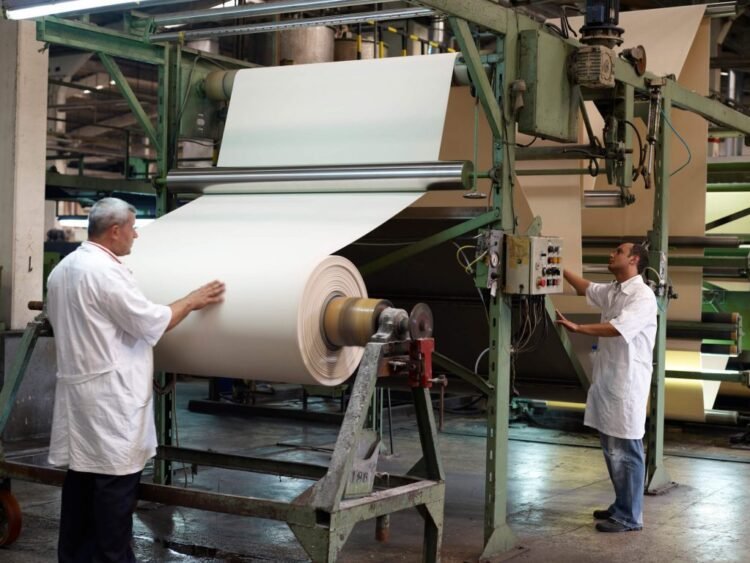Paper manufacturing is the process of creating paper, one of the most common materials used by humans. Paper manufacturing begins with providing raw materials and turning them into pulp. Pulp is then mixed in vats with water, and other chemicals are added before being turned into a sheet by a machine that releases jets of water in different directions, pushing the fibres together. Finally, it is dried and cut to size to be packaged for sale or use in packaging material.
Environmental benefits of paper manufacturing in Asia
Below are some of the environmental benefits of paper manufacturing in Asia.
- Paper manufacturing saves on energy
The processes involved in Asia Pulp and Paper manufacturing in Asia contribute to saving energy in many ways. Firstly, some processes are needed to dispose of water and runoff, which could otherwise cause flooding or pollution. The process of treating the water with chemicals also decreases the odds of pollution. Secondly, the paper manufacturing process itself has low energy consumption compared to other industries. This is because it uses steam boilers that don’t require a lot of fuel, and it can recycle paper scraps into new paper products instead of relying on freshly cut trees for their supplies. Recycling avoids cutting down trees and wasting wood pulp while releasing lower levels of carbon dioxide in the atmosphere.
- Paper manufacturing saves on water usage
Water is essential to all agricultural activities, especially producing paper. But producing paper doesn’t use water to any extent compared to crop cultivation. When crops are farmed, water is used to water the crop and clean the land. Water is also used to cool the crops and air in order to protect the workers from heat stroke. Finally, boiling trees in order to pulp them requires a lot of water as well. Paper manufacturing, instead of farming crops or cutting trees, uses vats of chemicals that can be purified with water.

- Paper manufacturing creates a sustainable supply of fibres
Trees are not forever. It takes many years for a tree to grow old enough and big enough for use as paper pulp. A tree can only be cut down once it has reached its maximum size and its fibre quality has lowered. This means the supply of paper pulp will diminish as time goes on. Instead of cutting down trees for their fibres, paper manufacturing uses recycled fibres from other sources, such as hemp and cotton.
- Paper manufacturing saves on corrosive chemicals
To clean the water in a pulp mill, chemicals are used that are highly corrosive to humans, like sodium hydroxide (lye). These chemicals are also used in many processes where steel is part of the solution, such as with stainless steel and aluminium production. The end products are more corrosive than the starting materials. But due to the need for heat and steam to mix the chemicals together, there isn’t a high risk of corrosion in these processes.
Conclusion
Paper manufacturing in Asia is a highly efficient, environmentally friendly process that creates environmentally friendly products. It conserves energy, water resources and production costs while decreasing environmental and human health risks. Paper manufacturing in Asia
has many benefits compared to other processes of making paper products. It produces less waste and less pollution compared to producing the same products using alternative materials, like wood pulp or recycled fibre.


















